Business
What to know about the August inflation spike on September 13, 2023 at 7:15 pm Business News | The Hill

The final inflation report of the summer came in hotter than expected, but prices still seem on track to keep cooling off in the fall.
Consumer prices rose 0.6 percent in August and 3.7 percent over the past 12 months, according to Consumer Price Index (CPI) data released Wednesday.
The August report marked the second straight month of faster price growth and exposed some potential hotspots in the economy. Even so, experts expect the Federal Reserve to look past the slight spike in inflation and keep interest rates unchanged at an upcoming policy meeting.
“This report will comfort data-dependent Fed policymakers as they gradually move away from a ‘tighten at all costs’ paradigm to a more conditional ‘tighten if surprised’ paradigm,” wrote Gregory Daco, chief economist at EY, in a Wednesday analysis.
Here are four things to know about the August inflation report.
Gas and transportation squeezed consumers
Summer often brings higher energy prices as Americans travel for vacation and lean on their air conditioning to stay cool. That’s why economists were not surprised to see an August surge in gas prices boost overall inflation.
The 10.6-percent jump in gas prices last month was responsible for more than half of the August increase in inflation, the Labor Department said. Energy prices on the whole were up 5.6 percent in August, though electricity prices rose just 0.2 percent.
“For consumers, the most immediate impact of August price changes are being felt at the pump. Because of this, disconnect between what overall inflation is actually doing and how people are perceiving it will continue,” explained NerdWallet data analyst Elizabeth Renter in a Wednesday analysis.
Prices for transportation services also jumped 2 percent as companies compensated for higher gas prices and demand. Airline fares rose 4.9 percent last month alone and auto insurance costs rose 2.4 percent on the month.
“Energy price inflation has been the key driver of the post-pandemic inflation flareup, spilling over into transportation and commodities most directly, and pulling everything else up with it,” said Julia Pollak, chief economist at ZipRecruiter, in a Wednesday analysis.
Housing costs are still a problem
Stubborly high rents and housing prices have be a major force behind inflation throughout the recovery from the pandemic-induced recession.
Shelter costs rose for the 40th consecutive month in August, rising 0.3 percent last month and and a whopping 7.3 percent over the past year. Rents were up 7.8 percent on the year and 0.3 percent last month, putting further pressure on inflation.
Roughly one-third of the CPI is driven by shelter costs, which makes overall inflation very sensitive to movements in rents and home prices. Experts, however, see reason for optimism in the August shelter numbers.
The monthly increase in shelter costs was the smallest since 2021 and a raft of private-sector data shows rents and home prices rising at a slower rate, said Bill Adams, chief economist at Comerica Bank.
He added that the CPI is often several months behind private-sector price data and expected “a big wave of multifamily housing under construction” to help bring around lower rents next year.
‘Core’ goods are getting cheaper
Americans are finally starting to see basic household goods get cheaper after years of bracing at the cash register.
Prices for goods excluding food and energy fell 0.1 percent in August. The Fed pays close attention to prices for so-called “core” goods and services outside of the volatile food and energy sectors.
While food is excluded from core inflation readings, Americans also saw prices for groceries rise at a much slower pace.
“One bright spot is an easing of price pressures in food costs. Costs for food at home – a staple household expense – were up just 0.2 percent in August and even the pesky increases in costs for food away from home came in at a more temperate 0.3 percent for the month,” said Bankrate chief financial analyst Greg McBride.
The inflation fight is far from over
The August CPI report was a stark reminder of how hard it can be to bring down high inflation.
“After easing since last summer, energy prices spiked again in August, reigniting inflation and throwing the prospects of a September pause in interest rate hikes, and soft landing, into doubt,” Pollak wrote.
“The spike in energy costs also squeezes household budgets and reduces real wage growth, which could contribute to wage growth pressures in the coming months.”
The Fed is aiming to bring annual inflation back down to its target of 2 percent without slowing the economy into a recession. After boosting interest rates to a 22-year high in July, central bank officials are hoping that just one or two more hikes will be enough to quash inflation.
“Even though the overall path of inflation – including the core measures preferred by the Fed – has been downward, inflation may not be low enough now for the Fed to be comfortable with a pause,” wrote Daniel Altman, chief economist at Instawork, in an analysis.
“The slackening of the labor market is picking up speed, however, raising the potential for a crash landing (with higher unemployment) rather than a soft landing.”
Job growth has slowed toward pre-pandemic levels and the unemployment rate jumped to 3.8 percent in August, though this was due mainly to an influx of workers. The slowdown in the job market has alarmed progressive economists, who have been concerned that the Fed will drive the U.S. into a needless recession.
The Fed “can’t make homes more affordable or control oil prices by kicking workers out of their jobs. If we care about the cost of living, we need to focus on investing in people and families,” said Kitty Richards, acting executive director of the progressive nonprofit Groundwork Collaborative.
Business, Economy The final inflation report of the summer came in hotter than expected, but prices still seem on track to keep cooling off in the fall. Consumer prices rose 0.6 percent in August and 3.7 percent over the past 12 months, according to Consumer Price Index (CPI) data released Wednesday. The August report marked the second…
Business
How Trump’s Tariffs Could Hit American Wallets

As the debate over tariffs heats up ahead of the 2024 election, new analysis reveals that American consumers could face significant financial consequences if former President Donald Trump’s proposed tariffs are enacted and maintained. According to a recent report highlighted by Forbes, the impact could be felt across households, businesses, and the broader U.S. economy.
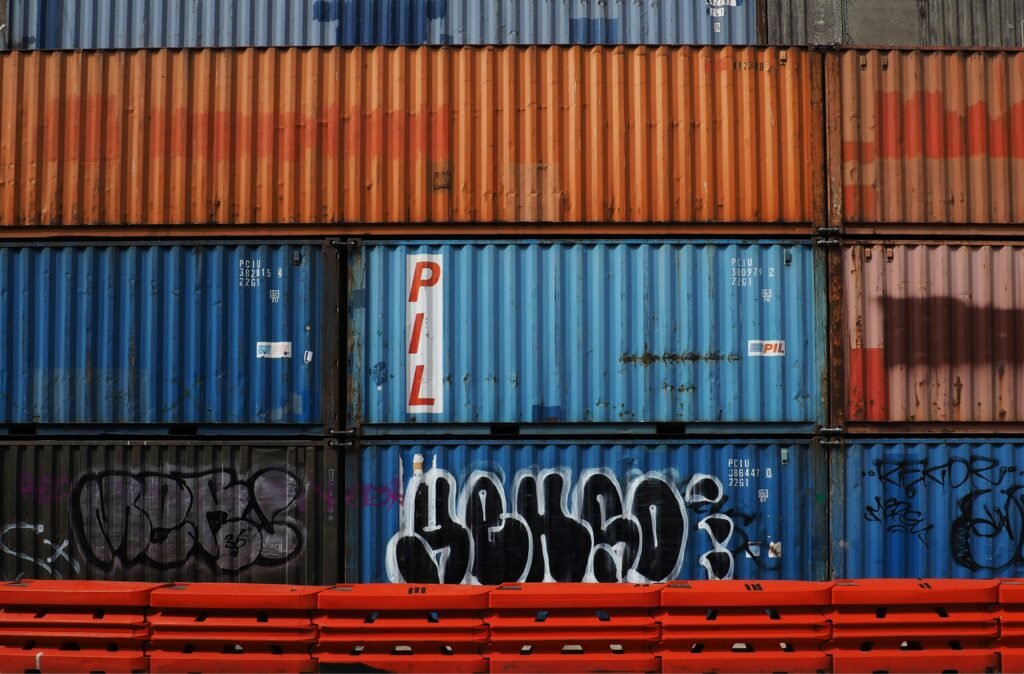
The Household Cost: Up to $2,400 More Per Year
Research from Yale University’s Budget Lab, cited by Forbes, estimates that the average U.S. household could pay an additional $2,400 in 2025 if the new tariffs take effect and persist. This projection reflects the cumulative impact of all tariffs announced in Trump’s plan.
Price Hikes Across Everyday Goods
The tariffs are expected to drive up consumer prices by 1.8% in the near term. Some of the hardest-hit categories include:
- Apparel: Prices could jump 37% in the short term (and 18% long-term).
- Footwear: Up 39% short-term (18% long-term).
- Metals: Up 43%.
- Leather products: Up 39%.
- Electrical equipment: Up 26%.
- Motor vehicles, electronics, rubber, and plastic products: Up 11–18%.
- Groceries: Items like vegetables, fruits, and nuts could rise up to 6%, with additional increases for coffee and orange juice due to specific tariffs on Brazilian imports.
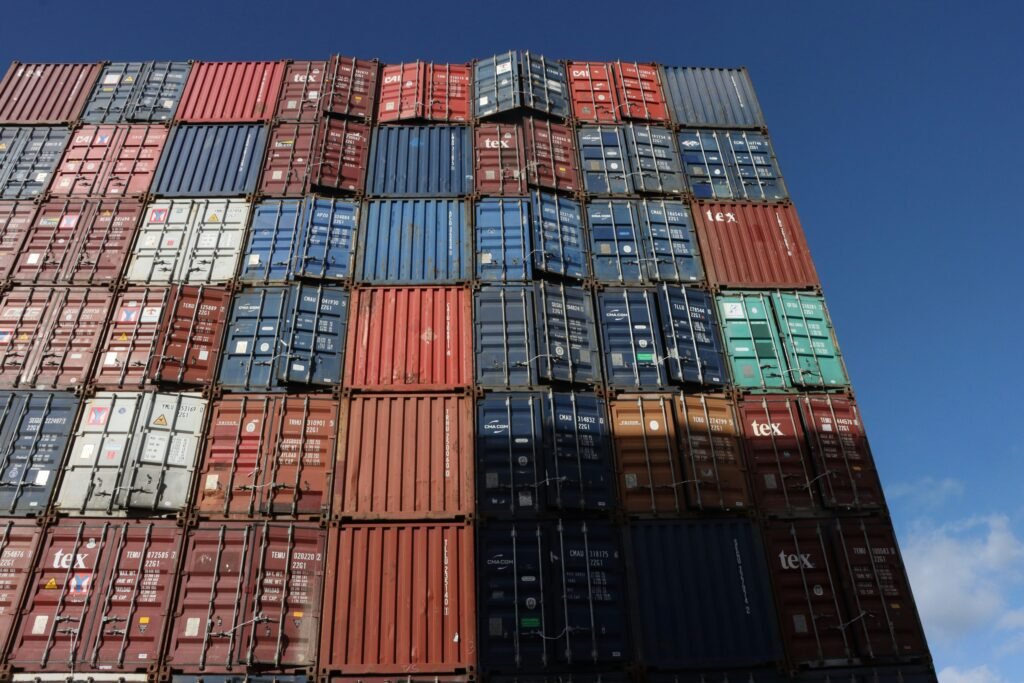
A Historic Tariff Rate and Economic Impact
If fully implemented, the effective tariff rate on U.S. consumers could reach 18%, the highest level since 1934. The broader economic consequences are also notable:
- GDP Reduction: The tariffs could reduce U.S. GDP by 0.4% annually, equating to about $110 billion per year.
- Revenue vs. Losses: While tariffs are projected to generate $2.2 trillion in revenue over the next decade, this would be offset by $418 billion in negative economic impacts.
How Businesses Are Responding
A KPMG survey cited in the report found that 83% of business leaders expect to raise prices within six months of tariff implementation. More than half say their profit margins are already under pressure, suggesting that consumers will likely bear the brunt of these increased costs.

What This Means for Americans
The findings underscore the potential for substantial financial strain on American families and businesses if Trump’s proposed tariffs are enacted. With consumer prices set to rise and economic growth projected to slow, the debate over tariffs is likely to remain front and center in the months ahead.
For more in-depth economic analysis and updates, stay tuned to Bolanlemedia.com.
Business
U.S. Limits Nigerian Non-Immigrant Visas to Three-Month Validity

In July 2025, the United States implemented significant changes to its visa policy for Nigerian citizens, restricting most non-immigrant and non-diplomatic visas to a single entry and a maximum validity of three months. This marks a departure from previous policies that allowed for multiple entries and longer stays, and has important implications for travel, business, and diplomatic relations between the two countries.
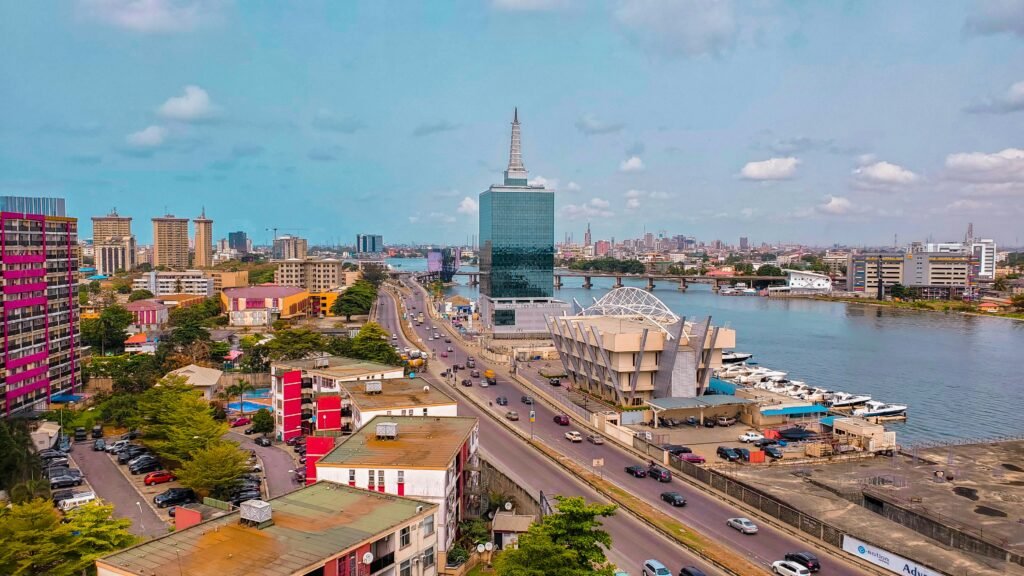
Key Changes in U.S. Visa Policy for Nigerians
- Single-Entry, Three-Month Limit: As of July 8, 2025, most non-immigrant visas issued to Nigerians are now valid for only one entry and up to three months.
- No Retroactive Impact: Visas issued prior to this date remain valid under their original terms.
- Reciprocity Principle: The U.S. cited alignment with Nigeria’s own visa policies for U.S. citizens as the basis for these changes.
- Enhanced Security Screening: Applicants are required to make their social media accounts public for vetting, and are subject to increased scrutiny for any signs of hostility toward U.S. institutions.
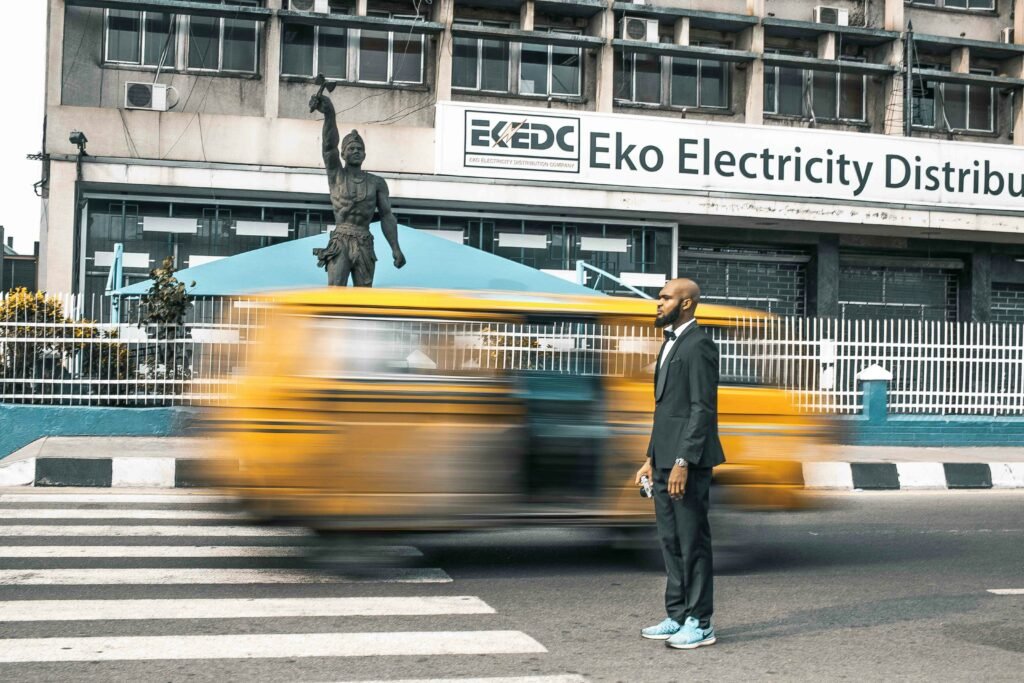
Rationale Behind the Policy Shift
- Security and Immigration Integrity: The U.S. government stated the changes are intended to safeguard the immigration system and meet global security standards.
- Diplomatic Reciprocity: These restrictions mirror the limitations Nigeria imposes on U.S. travelers, emphasizing the principle of fairness in international visa agreements.
- Potential for Further Action: The U.S. has indicated that additional travel restrictions could be introduced if Nigeria does not address certain diplomatic and security concerns.
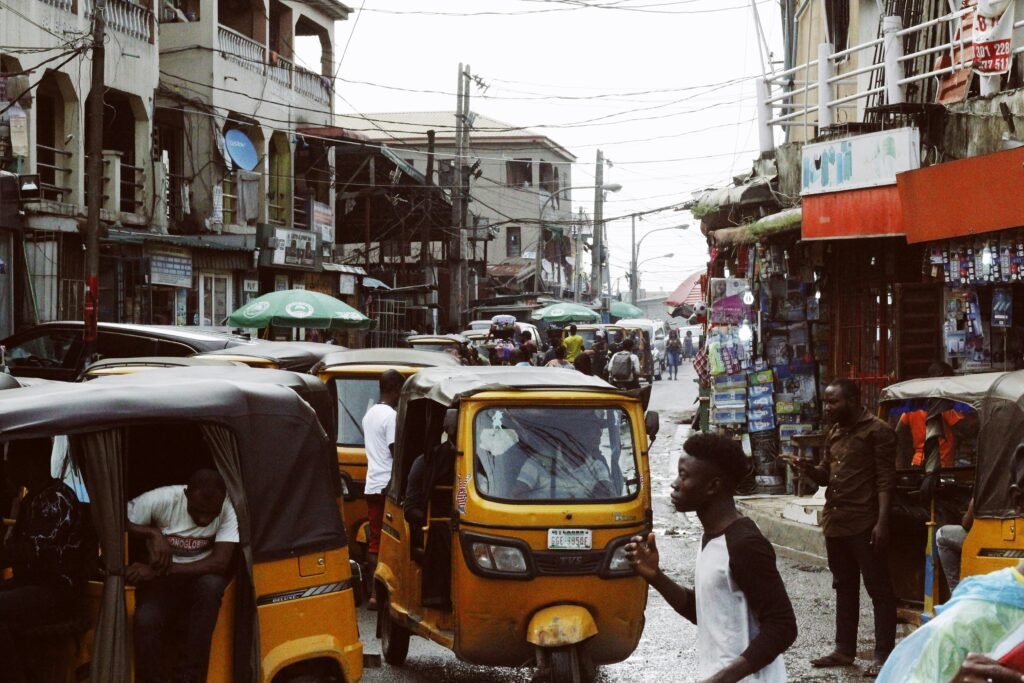
Nigeria’s Updated Visa Policy
- Nigeria Visa Policy 2025 (NVP 2025): Introduced in May 2025, this policy features a new e-Visa system for short visits and reorganizes visa categories:
- Short Visit Visas (e-Visa): For business or tourism, valid up to three months, non-renewable, processed digitally within 48 hours.
- Temporary Residence Visas: For employment or study, valid up to two years.
- Permanent Residence Visas: For investors, retirees, and highly skilled individuals.
- Visa Exemptions: ECOWAS citizens and certain diplomatic passport holders remain exempt.
- Reciprocal Restrictions: Most short-stay and business visas for U.S. citizens are single-entry and short-term, reflecting reciprocal treatment.
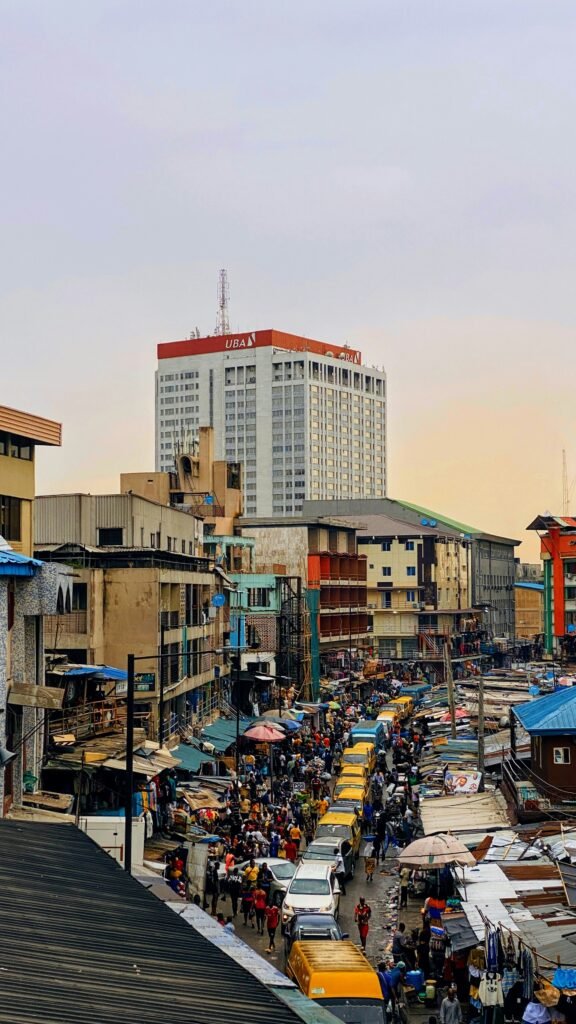
Impact on Travelers and Bilateral Relations
- Nigerian Travelers: Face increased administrative requirements, higher costs, and reduced travel flexibility to the U.S.
- U.S. Travelers to Nigeria: Encounter similar restrictions, with most visas limited to single entry and short duration.
- Diplomatic Tensions: Nigerian officials have called for reconsideration of the U.S. policy, warning of negative effects on bilateral ties and people-to-people exchanges.
Conclusion
The U.S. decision to limit Nigerian non-immigrant visas to three months highlights the growing complexity and reciprocity in global visa regimes. Both countries are tightening their policies, citing security and fairness, which underscores the need for travelers and businesses to stay informed and adapt to evolving requirements.
Business
Nicki Minaj Demands $200 Million from Jay-Z in Explosive Twitter Rant

Nicki Minaj has once again set social media ablaze, this time targeting Jay-Z with a series of pointed tweets that allege he owes her an eye-popping $200 million. The outburst has reignited debates about artist compensation, industry transparency, and the ongoing power struggles within hip-hop’s elite circles.

The $200 Million Claim
In a string of tweets, Minaj directly addressed Jay-Z, writing, “Jay-Z, call me to settle the karmic debt. It’s only collecting more interest. You still in my top five though. Let’s get it.” She went further, warning, “Anyone still calling him Hov will answer to God for the blasphemy.” According to Minaj, the alleged debt stems from Jay-Z’s sale of Tidal, the music streaming platform he launched in 2015 with a group of high-profile artists—including Minaj herself, J. Cole, and Rihanna.
When Jay-Z sold Tidal in 2021, Minaj claims she was only offered $1 million, a figure she says falls dramatically short of what she believes she is owed based on her ownership stake and contributions. She has long voiced dissatisfaction with the payout, but this is the most public—and dramatic—demand to date.
Beyond the Money: Broader Grievances
Minaj’s Twitter storm wasn’t limited to financial complaints. She also:
- Promised to start a college fund for her fans if she receives the money she claims is owed.
- Accused blogs and online creators of ignoring her side of the story, especially when it involves Jay-Z.
- Warned content creators about posting “hate or lies,” saying, “They won’t cover your legal fees… I hope it’s worth losing everything including your account.”
She expressed frustration that mainstream blogs and platforms don’t fully cover her statements, especially when they involve Jay-Z, and suggested that much of the coverage she receives is from less reputable sources.
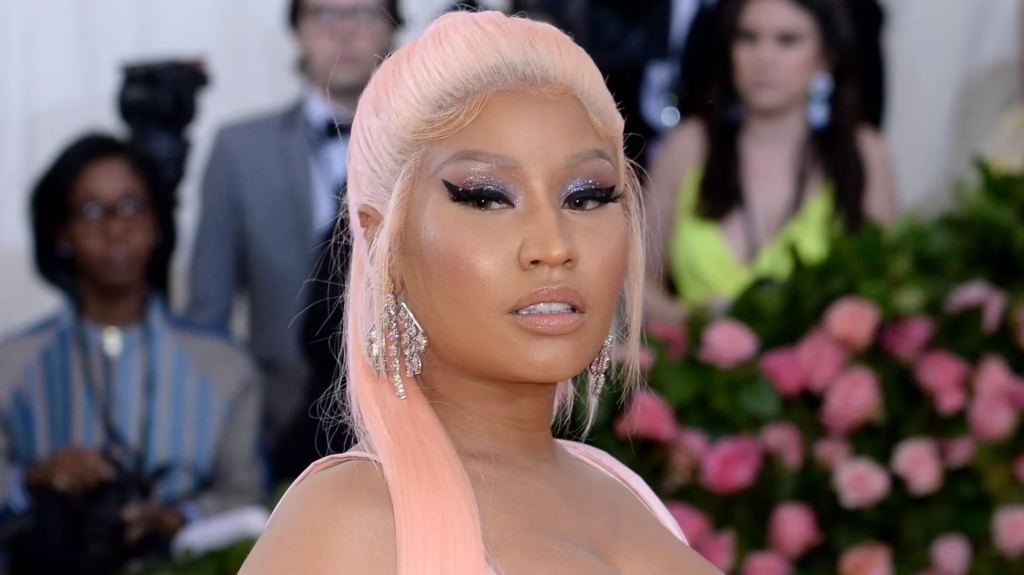
Satirical Accusations and Industry Critique
Minaj’s tweets took a satirical turn as she jokingly blamed Jay-Z for a laundry list of cultural grievances, including:
- The state of hip-hop, football, basketball, and touring
- The decline of Instagram and Twitter
- Even processed foods and artificial dyes in candy
She repeatedly declared, “The jig is up,” but clarified that her statements were “alleged and for entertainment purposes only.”
Political and Cultural Criticism
Minaj also criticized Jay-Z’s political involvement, questioning why he didn’t campaign more actively for Kamala Harris or respond to President Obama’s comments about Black men. While Jay-Z has a history of supporting Democratic campaigns, Minaj’s critique centered on more recent events and what she perceives as a lack of advocacy for the Black community.
The Super Bowl and Lil Wayne
Adding another layer to her grievances, Minaj voiced disappointment that Lil Wayne was not chosen to perform at the Super Bowl in New Orleans, a decision she attributes to Jay-Z’s influence in the entertainment industry.
Public and Industry Reaction
Despite the seriousness of her financial claim, many observers note that if Minaj truly believed Jay-Z owed her $200 million, legal action—not social media—would likely follow. As of now, there is no public record of a lawsuit or formal complaint.
Some fans and commentators see Minaj’s outburst as part of a larger pattern of airing industry grievances online, while others interpret it as a mix of personal frustration and performance art. Minaj herself emphasized that her tweets were “for entertainment purposes only.”
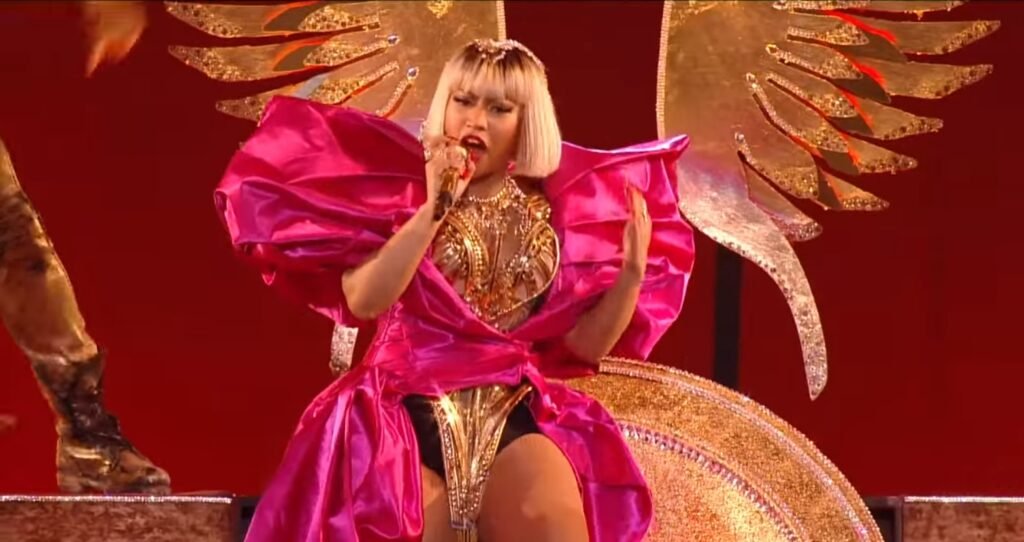
Conclusion
Nicki Minaj’s explosive Twitter rant against Jay-Z has once again placed the spotlight on issues of artist compensation and industry dynamics. Whether her claims will lead to further action or remain another dramatic chapter in hip-hop’s ongoing soap opera remains to be seen, but for now, the world is watching—and tweeting.

 Business1 week ago
Business1 week agoPros and Cons of the Big Beautiful Bill

 Advice2 weeks ago
Advice2 weeks agoWhat SXSW 2025 Filmmakers Want Every New Director to Know

 Film Industry3 weeks ago
Film Industry3 weeks agoFilming Yourself and Look Cinematic

 News2 weeks ago
News2 weeks agoFather Leaps Overboard to Save Daughter on Disney Dream Cruise

 Politics4 weeks ago
Politics4 weeks agoBolanle Newsroom Brief: Israel Strikes Iran’s Nuclear Sites — What It Means for the World

 Health1 week ago
Health1 week agoMcCullough Alleges Government Hid COVID Vaccine Side Effects

 Advice2 weeks ago
Advice2 weeks agoWhy 20% of Us Are Always Late

 Entertainment4 weeks ago
Entertainment4 weeks agoThe Hidden Reality Behind Victoria’s Secret




























